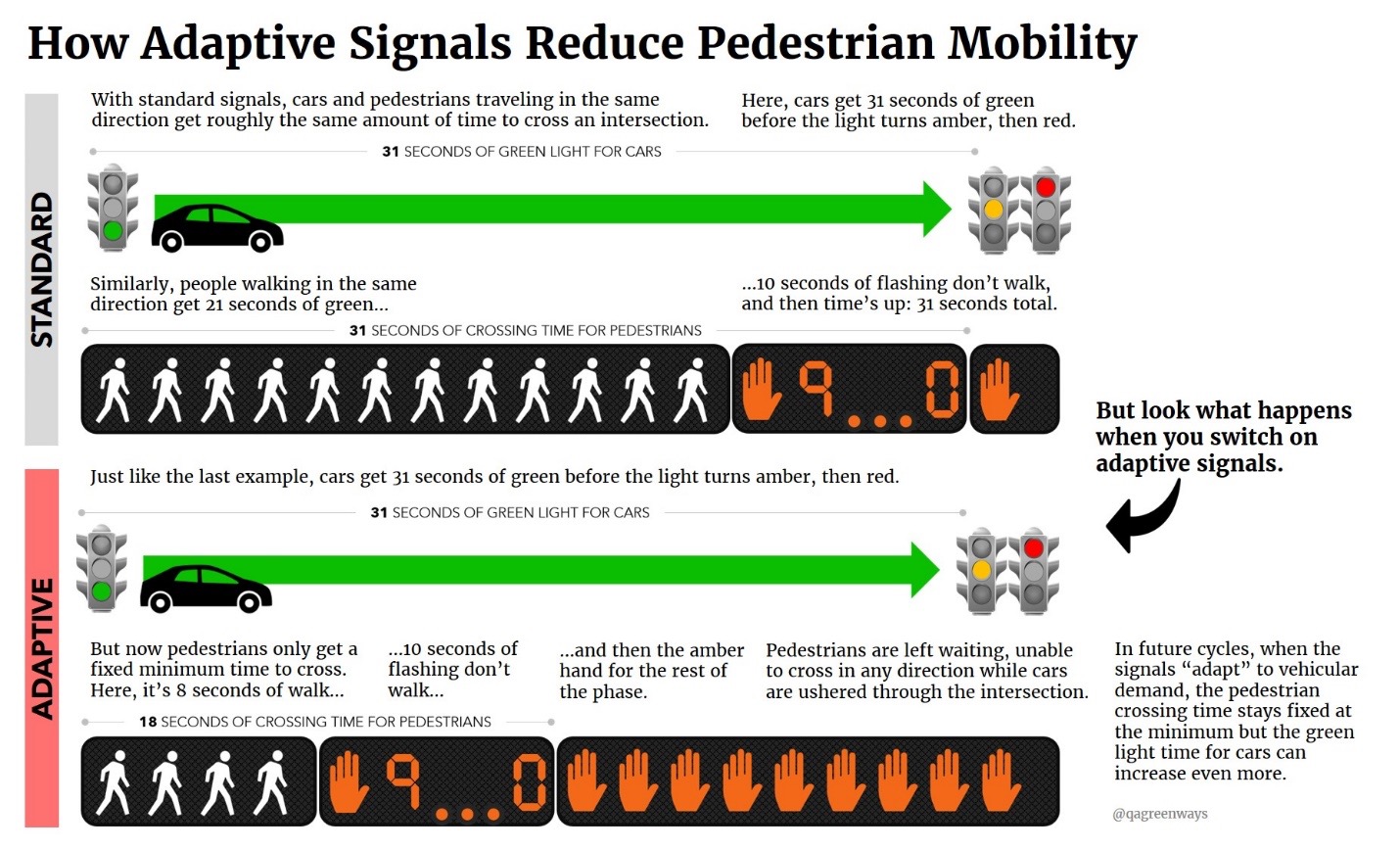Things don’t always work as planned. That certainly must be the feeling at the Seattle Department of Transportation (SDOT) after the rollout of high-tech adaptive traffic signals along Mercer Street.
Often called “the Mercer Mess,” Mercer Street is a major east-west route that bisects two dynamic downtown Seattle neighborhoods: Uptown, home to the city’s most prized cultural and philanthropic organizations, and South Lake Union, arguably the engine of Seattle’s recent economic growth.
Ever since Mercer was completely rebuilt in a massive project from 2010-2015, the City of Seattle has embarked on a program intended to expedite vehicles through the corridor. Alternately known as SCOOT (Split Cycle and Offset Optimization Technique, a trademarked system sold by Siemens) or ITS (Intelligent Transportation System, a general term which applies to a variety of technologies), adaptive signals use sensors to track the movement of cars and adjusts signals to move more of them. In theory, it’s like widening the street without pouring a single bucket of concrete.
The problem is, SDOT, in their rush to move more cars, failed to consider that people need to cross the street. The cultural and economic value created in these neighborhoods has very little to do with cars and, in fact, the presence of what amounts to a divided highway inhibits the innovation, collaboration, and social interaction that is the true benefit of co-locating so much creative energy in one place. Furthermore, there is mounting evidence that adaptive signals aren’t the high-tech panacea they are touted to be.
So, let’s take a little walk down Mercer and look at some of the ways adaptive signals frustrate, discourage, and endanger people who walk.
1. They periodically skip the pedestrian walk phase. You wait your turn but, for some reason, your turn never comes. Some people take a chance and cross against the light anyway. Older, younger or slower people don’t have this option.

2. They require you to push the beg button. Some people push it, some people don’t. Some intersections require it, some intersections don’t. There is no way to know for sure until your walk signal fails to materialize. Accessible pedestrian signals, like the one shown below, help people with visual impairments. However, when pedestrians are required to push the button to get a walk signal, it can be an unnecessary restriction of pedestrian mobility.

3. They behave erratically. Typically, a person expects the signal to show walk, then flashing don’t walk, then solid don’t walk. Signals follow a familiar pattern and people embed that pattern in their muscle memory. Adaptive signals, however, can flip from walk to don’t walk to walk again without warning and their length can vary considerably. This makes the signals frustrating and unpredictable. National Association of City Traffic Officials (NACTO) guidance urges cities to use signals with fixed intervals that are predictable and intuitive to users. According to the NACTO Urban Street Design Guide:
“Adaptive signal control should have limited variation in their cycle length. Operations for adaptive signal control should be limited to suburban settings and event venues where traffic is highly variable. Adaptive signal control can result in longer cycle length that degrades multi-modal conditions.”
4. They don’t give people with mobility challenges enough time to cross safely. SDOT has worked to address this issue by increasing the minimum crossing time at certain intersections along Mercer but the problem still is not solved. If you have a spring in your step and assume everyone else does too, sit at a busy intersection sometime and watch people cross. You might be surprised how many people have mobility challenges. Note that your sample won’t include people whose challenges are severe enough that they don’t even try. A humane city works to accommodate everyone.
5. They give pedestrians a “don’t walk” signal even when cars moving in the parallel direction get a green light. This is the most common, frustrating, and dangerous behavior of adaptive signals. It is a reasonable expectation that if cars have a green light that pedestrians moving in a parallel direction should have a walk signal for the same amount of time but this is no longer the case along Mercer. The people who live and work in Uptown and South Lake Union are regular jaywalkers now, since nobody can trust the signals.
6. They prioritize travel in the direction with the most vehicular demand. This is not always the direction with the most pedestrian, cyclist, or transit rider demand. On Mercer, cars primarily want to get to and from the freeway (east-west); however, pedestrians want to circulate in their neighborhood, bikes want to travel in and out of downtown (north-south), and the busiest transit routes cross Mercer perpendicular to the direction prioritized by SDOT. As a result, the most sustainable and space-efficient modes have to get in line behind private automobiles.
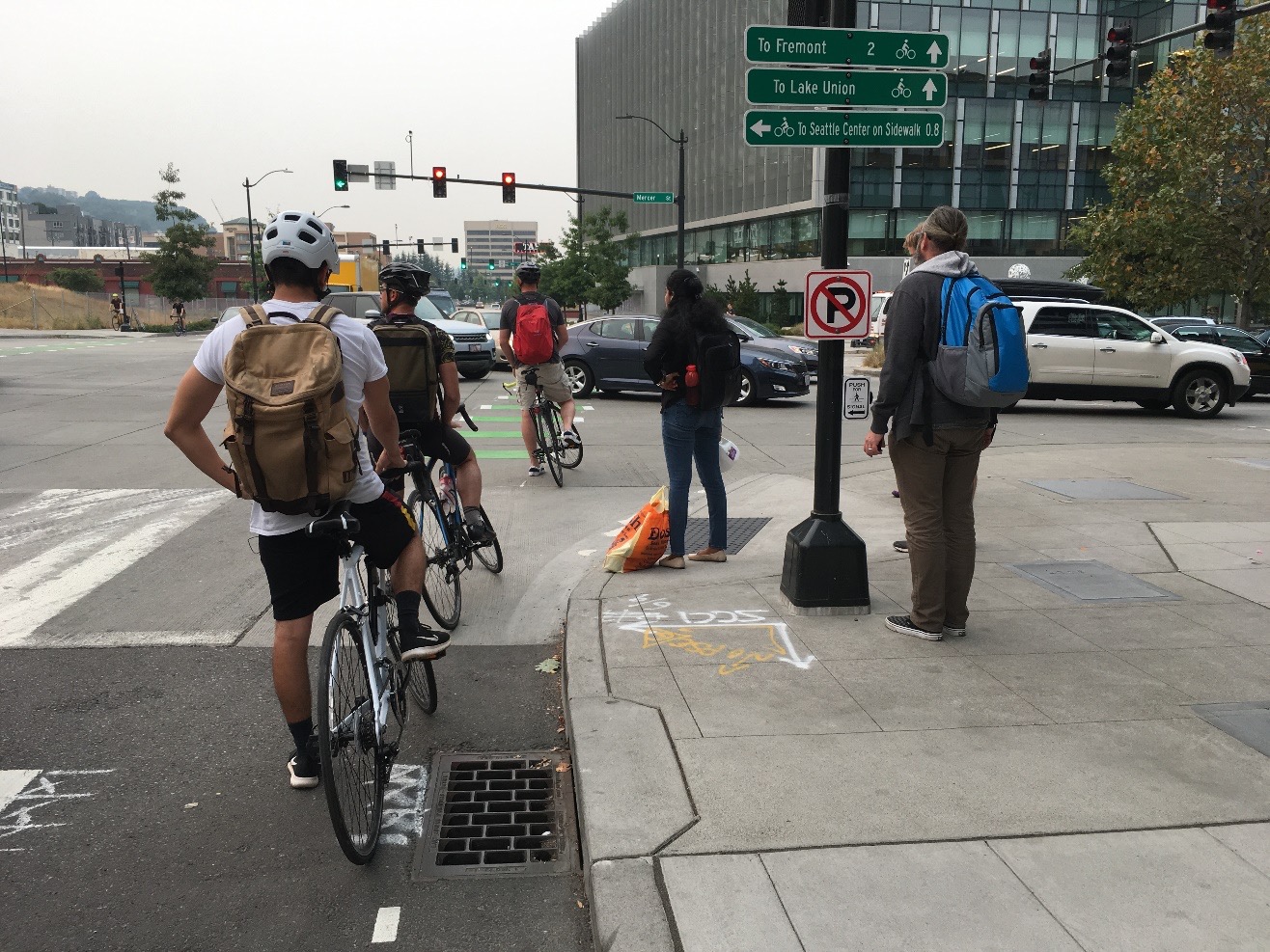
7. They give cars the green light to block the box. When you think about blocking the box (a form of gridlock where cars get stranded in the intersection), what Seattle street comes to mind? If you live here, your answer is probably Mercer. If this was truly the sophisticated system it is touted to be, wouldn’t you expect it to detect and prevent this kind of gridlock? Perhaps it’s not so intelligent after all.
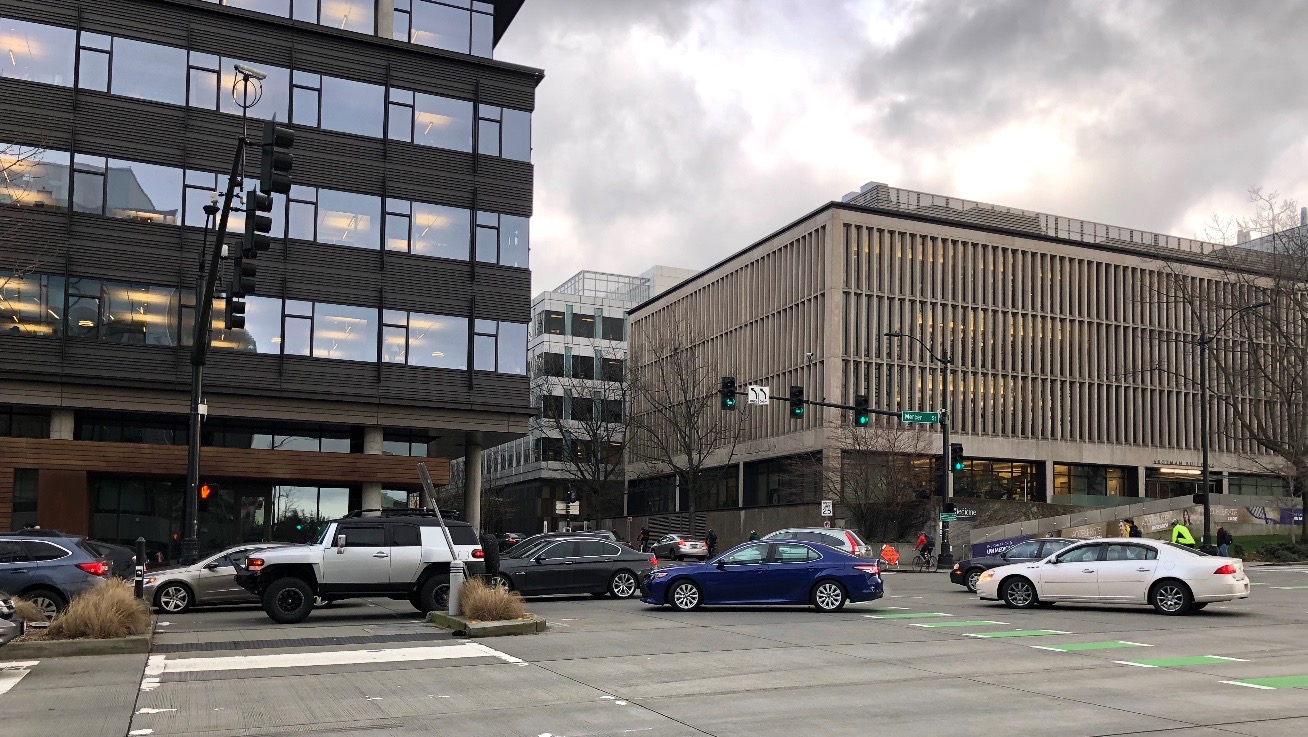
8. They give cars the green light even when there are no cars (and people are waiting to travel in other directions). Again, isn’t this supposed to be a sophisticated system? Rather than optimizing our streets, adaptive signals appear to improve vehicular throughput by stealing time from pedestrians and handing it to cars.
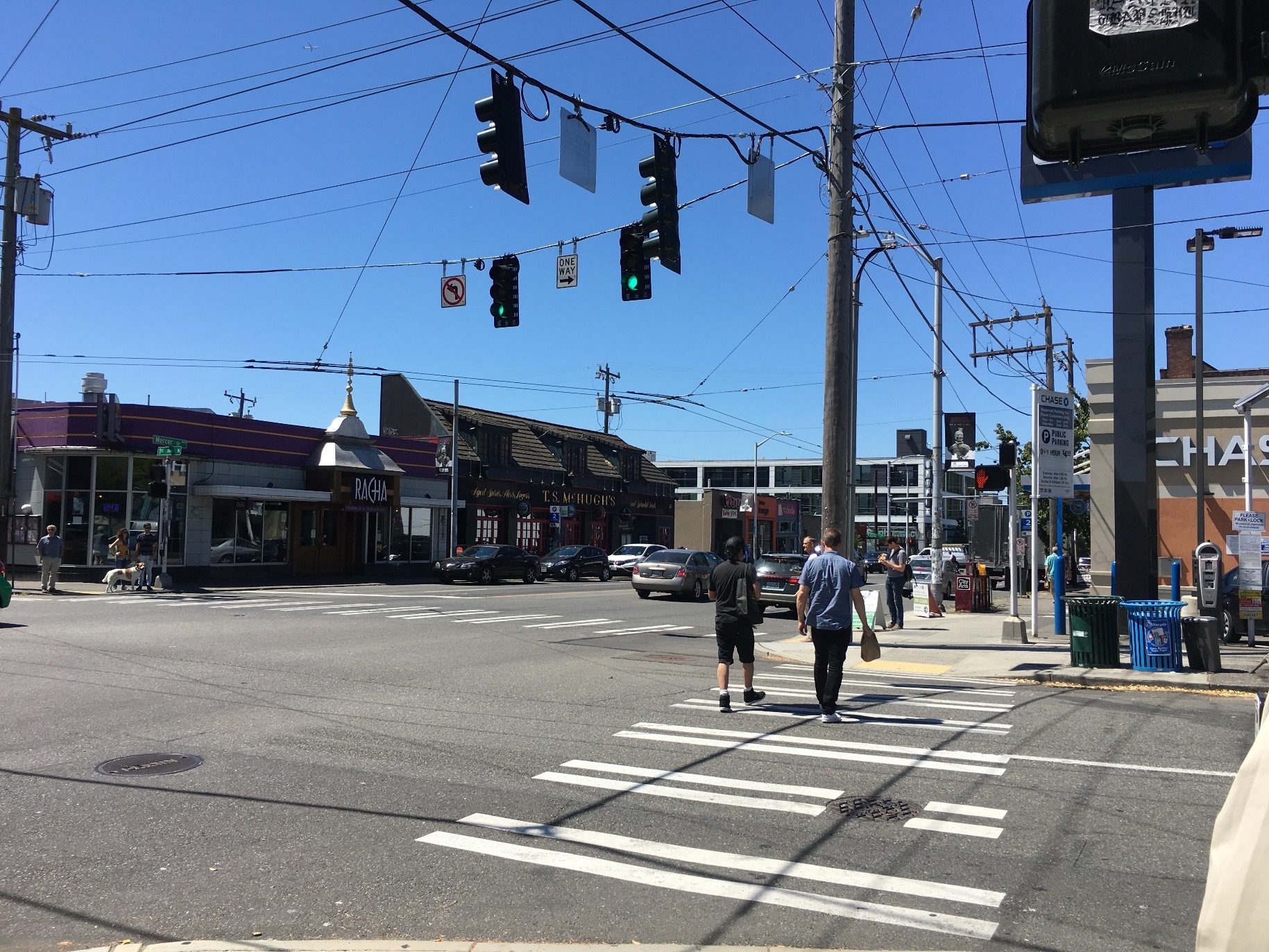
9. They give cars the green light even when traffic is stopped and there is nowhere for them to go. Meanwhile, pedestrians are forced to wait. Currently, pedestrian delay isn’t measured by SDOT; it isn’t even a success factor they consider. So, if cars save one minute driving the entire stretch from Uptown to Interstate 5 and that result is achieved by delaying pedestrians for two minutes every time they cross the street, then adaptive signals are functioning as designed. It’s easy to achieve positive results if you don’t measure the negatives.
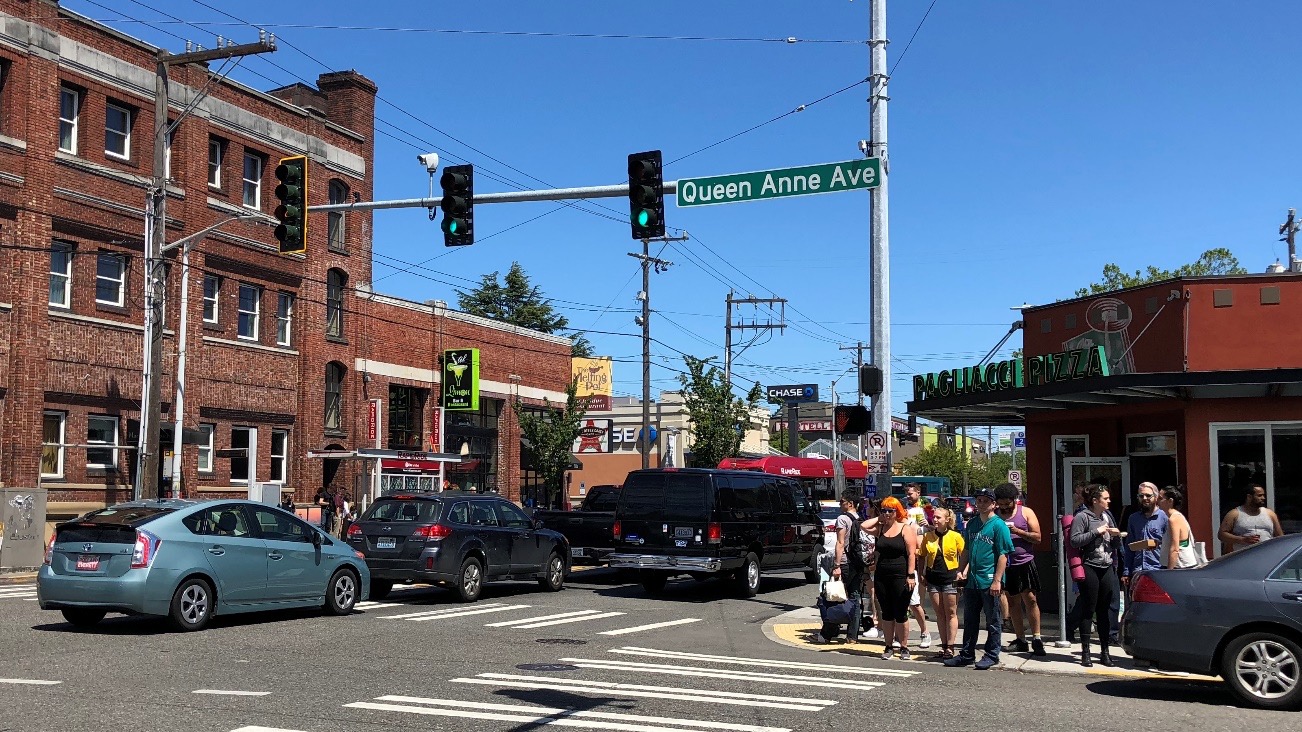
10. They prioritize cars most during periods of highest vehicular demand, such as before and after events at Seattle Center. However, these same periods see the highest pedestrian demand, so people on foot get even less opportunity to cross. Not all Seattle Center events are the same. Sporting events and concerts draw lots of cars but protest marches, parades, and conventions bring a substantial number of visitors on foot and by bus.
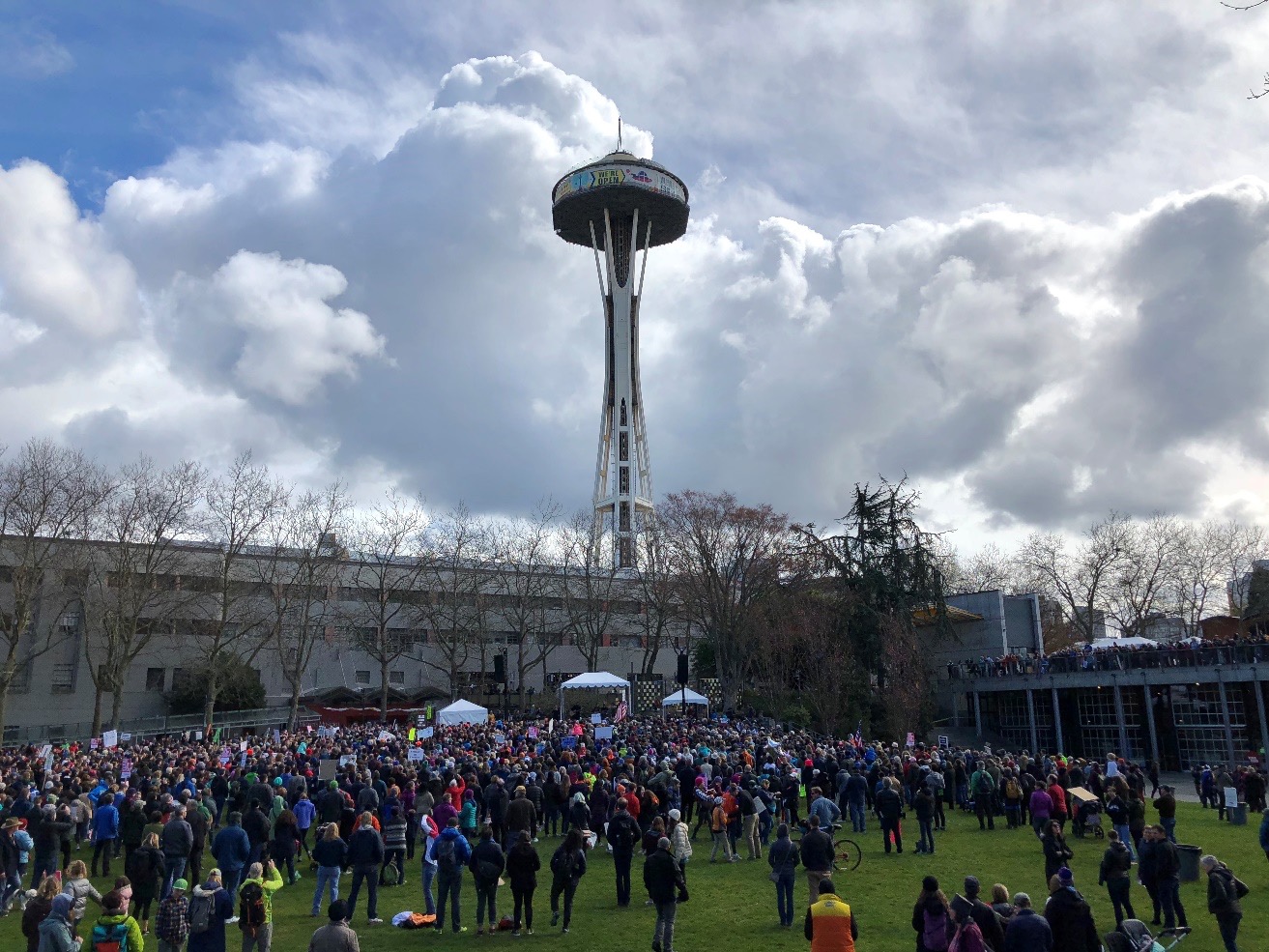
11. If they work as advertised (and the jury is still out on that) they are likely to induce additional vehicular trips. Mercer is clearly a street where demand for space exceeds supply. Making it easier to drive on Mercer will induce more people behind the wheel and then we’re back where we started. Except now pedestrians are stuck too. Considering the global climate crisis, is that a desired outcome? Seattle should be actively encouraging people to leave their car at home.
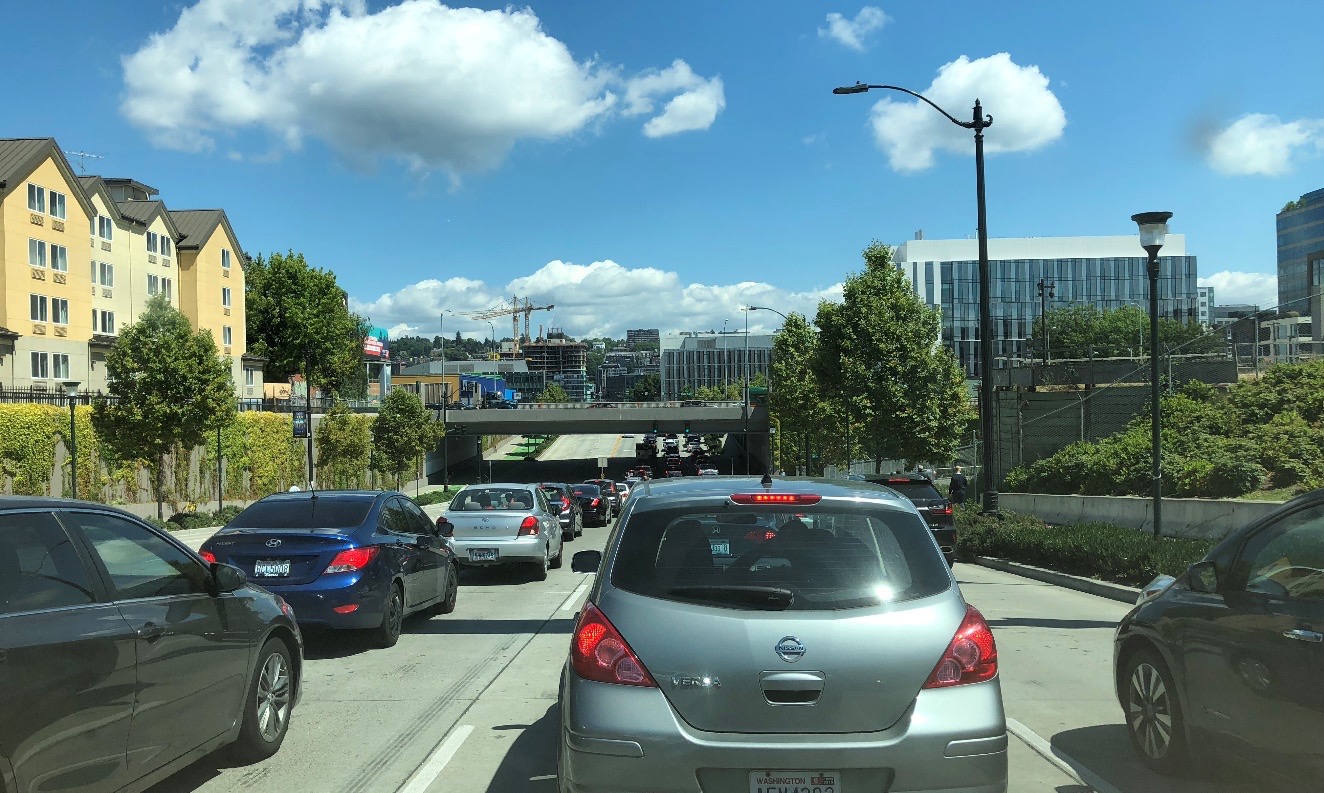

Mark Ostrow (Guest Contributor)
Mark Ostrow serves on the Board of Seattle Neighborhood Greenways and is a core leader of Queen Anne Greenways. Mark is a principal at RK2 Advisory and a Trustee at Northwest Kidney Centers.




